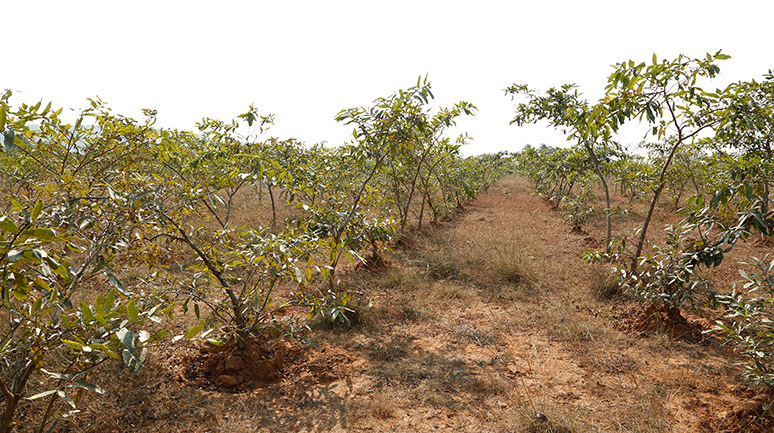Sadalpur Village : A Journey From Poverty To Prosperity


Using the fallow uplands in the village for tasar plantations has been instrumental in not only taking the villagers out of abject poverty but in also freeing them from the clutches of moneylenders
I N JHARKHAND AND BIHAR, there are large tracts of uplands lying fallow. The non-availability of irrigation facilities makes the land unfit for any high-value crop. This is considered one of the major reasons of persistent poverty in the area. The arable land-holding of families is less than a hectare; they use this land for cultivating paddy in the kharif season. The output from these lands is also not up to the mark, mostly due to rudimentary agricultural practices. If a regular income could be generated from the unutilized uplands, it would give a great boost to families that struggle in the vicious cycle of poverty. The additional means of income will free them from their practice of subsistence agriculture and help them pay back their longpending debts. PRADAN’s intervention of planting host trees for tasar silkworms on privately owned barren uplands where poor families could take up silkworm rearing after three years of gestation period played just that role.
A village that has witnessed change in the lives of its families through tasar plantation is Sadalpur. It is 11 km from the block headquarters of Saraiyahat in Dumka district and on the way from Saraiyahat to Deoghar district of Jharkhand. The village comprises 20 households, of which 19 belong to the backward Ghatwal community. Only one household belongs to the upper caste landlord community. The average land-holding of these Ghatwal families is around 2.5 acres, of which only 40 per cent is lowlands and medium uplands suitable for paddy cultivation, and the rest are uplands.
PRADAN motivated the villagers and proposed that they start a plantation for silkworms, explaining to them its long-term benefits. At first the villagers were skeptical of the proposal; some of the community members with vested interests, who feared they would lose their hold over the people, discouraged the villagers from venturing into this activity.

